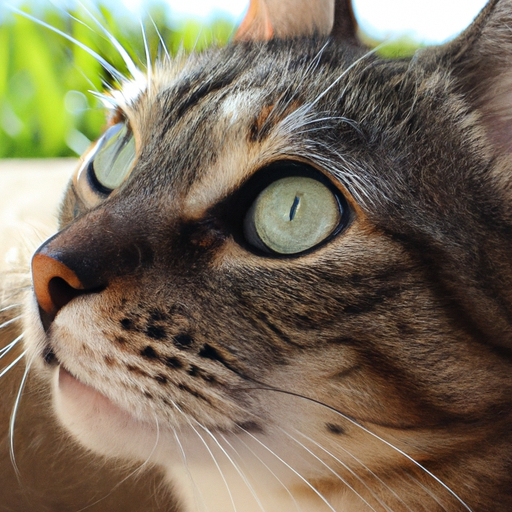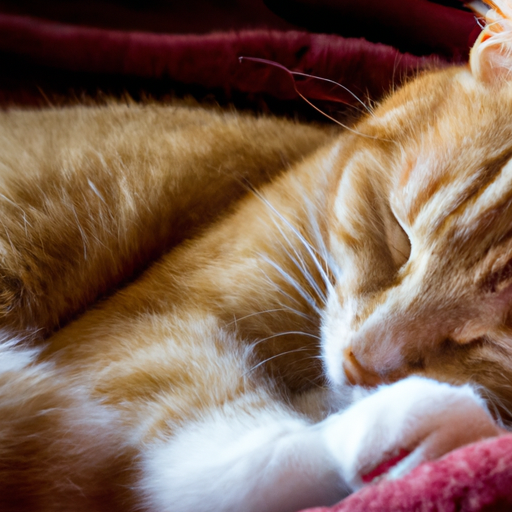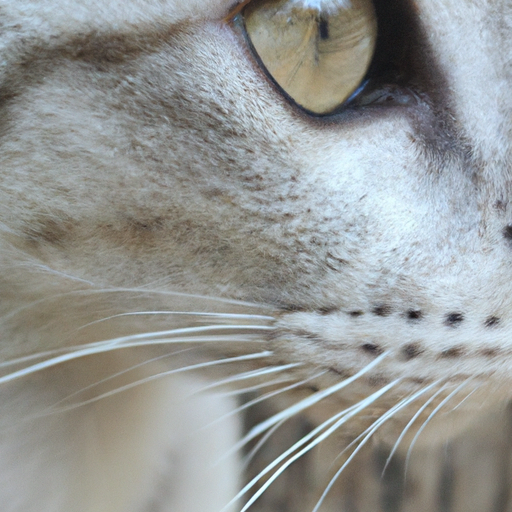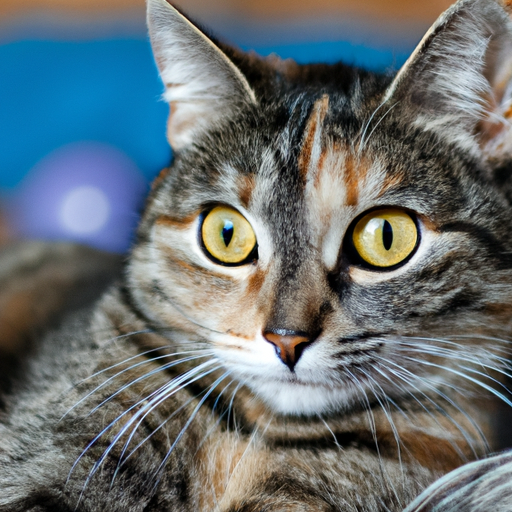When Do Cats Stop Growing?
Wondering when your cute little kitten will stop growing and reach its full size? You’re in the right place. Throughout this article, you’ll gain valuable insights into your feline’s development stages and understand when and why cats stop growing. Get ready to learn more about your furry friend’s growth process.
Understanding the Cat Growth Stages
Cats, just like humans, go through various stages of growth and development, each with their unique characteristics. Understanding these stages can help you better cater to your feline friend’s needs and anticipate changes in their behavior or appearance.
Kitten Phase: Birth to Six Weeks
Your furry friend’s journey begins at the kitten stage, a period marked by rapid growth and development. During this time, kittens depend entirely on their mother for nutrition and warmth. It is also during this stage that they open their eyes, develop their teeth, and start exploring their surroundings.
Junior Phase: Six Weeks to Six Months
Here, your kitten becomes more independent, playful, and curious. They will start to eat solid food and their body will grow quickly. They are learning and discovering new things every day during this stage.
Adolescent Phase: Seven Months to Two Years
The adolescent phase in cats is much like the teenage years in humans. They are still growing, but at a slower rate, and their playful behavior might be mixed with a dash of rebellion. It’s important to provide ongoing socialization and training during this stage.
Adult Phase: Two to Seven Years
This marks the sexual maturity stage. Your cat is now fully grown physically, but their personality continues to develop. The focus during this stage should be on maintaining a healthy lifestyle with proper nutrition and regular exercise.
Senior Phase: Eight Years Onward
Your cat is now officially a senior. Although less active, they still require mental stimulation through play and interaction. Regular health checks become even more crucial at this stage.
Factors Affecting Cat’s Growth
Genetics
Just as human height and weight can be influenced by genetics, so too is a cat’s growth. The breed of your cat can determine how large they will become and how quickly they will grow.
Nutrition
The food that your cat consumes plays a vital role in their growth. A balanced diet with appropriate amounts of proteins, fats, and carbohydrates is necessary for optimal growth and development.
Health Conditions
Certain health conditions may adversely affect your cat’s growth. These could range from parasitic infections to more severe chronic diseases. Regular vet check-ups are crucial to catch any potential issues early on.

Differentiating Growth Spurts from Normal Growth
Sometimes, your feline friend might have sudden growth spurts that can be mistaken for continuous growth.
Signs of Growth Spurt
Signs of a growth spurt in cats can include insatiable hunger, increased sleep, and noticeable weight gain or height increase in a short amount of time.
Variations Between Breeds
Different cat breeds grow in different patterns, and growth rates can also vary substantially between individual cats.
Role of Proper Nutrition in a Cat’s Growth
Your cat’s diet can make a significant difference in how well they grow and develop.
Importance of Protein
Cats are obligate carnivores, which means that they require a high proportion of meat in their diet. Protein provides essential amino acids necessary for growth and development.
Role of Vitamins and Minerals
Various vitamins and minerals, such as calcium and vitamin D, are vital for a cat’s growth.
Dry Food vs. Wet Food
There’s an ongoing debate about which type of cat food is better. Both have their pros and cons, and the best choice often depends on individual cat needs.
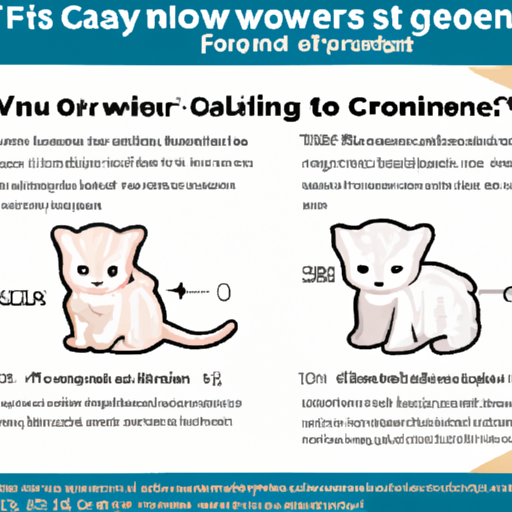
Common Growth Related Conditions in Cats
Certain growth-related disorders and conditions commonly affect cats.
Obesity
Overeating and lack of exercise can lead to obesity, a condition that can lead to severe health problems.
Developmental Disorders
Some cats may face developmental disorders due to genetic predisposition or poor nutrition.
Bone and Joint Problems
Just like humans, cats can also suffer from various bone and joint problems, which can affect their growth.
How to Tell If Your Cat is Underweight or Overweight
It’s important to monitor your cat’s weight to ensure it is within the healthy range.
Visual Examination
You should be able to see and feel the outline of your cat’s ribs without a thick layer of fat. Their waist should be clearly visible when viewed from above.
Physical Examination
Vets perform a body condition scoring to assess whether a cat is underweight, overweight, or just right.
Seeking Vet Consultation
Always consult a vet if you suspect your cat might be under or overweight.
The Implication of Neutering/Spaying on Cat’s Growth
Spaying or neutering your cat can have effects on their growth.
Effects of Spaying/Neutering on Growth
Neutering or spaying can change a cat’s metabolism and feeding behavior, which might affect their growth and weight.
Best Time to Neuter/Spay
The best time to spay or neuter a pet often depends on the breed and size. Smaller cats can be neutered around six months, while larger breeds may need to wait until they are one year or older.
Role of Exercise in Cat’s Growth
Regular exercise is important for your cat’s overall health and growth.
Benefits of Regular Exercise
Exercise helps stimulate muscle growth, improve mobility, and keep your cat at a healthy weight.
Exercise Ideas for Cats
There are many ways to exercise with your cat, from playing fetch to using interactive toys.
Comparing Growth Patterns Among Different Cat Breeds
The rate at which cats grow and mature can vary widely among breeds.
Smaller Breeds: Siamese, Abyssinian
These cats tend to mature faster and reach their adult size as early as one year of age.
Average-sized Breeds: Domestic Shorthair
These cats typically reach their full size at around two years.
Larger Breeds: Maine Coon, Ragdoll
These can take between three to five years to fully grow.
Conclusion
Understanding your cat’s growth stages and the factors that influence their growth is crucial for providing the proper care they need. Regular health checks, a balanced diet, and regular exercise are essential to their well-being. Remember to continually monitor their physical status and adjust their lifestyle accordingly. After all, seeing your cat grow and thrive is one of the most rewarding aspects of being a cat parent.


